Introduction
In the realm of contemporary art, few names shine as brightly as Yayoi Kusama. Her mesmerizing, polka-dotted creations, immersive installations, and avant-garde approach to art have made her an iconic figure in the world of creativity. But Yayoi Kusama (草間 彌生) is more than just a renowned artist; she is a revolutionary force who has left an indelible mark on both Japanese art and the global artistic landscape. In this article, we’ll delve into the profound impact of Yayoi Kusama on art as a whole, exploring her famous works, influences from traditional Japanese art, and her ongoing artistic legacy.
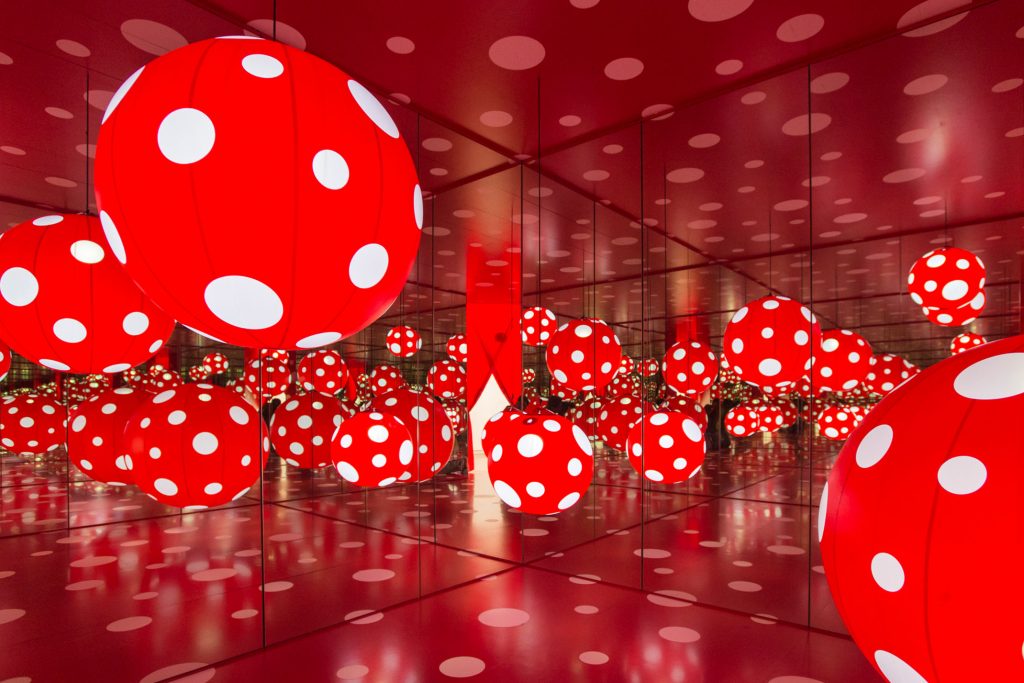
The Polka-Dotted Universe of Yayoi Kusama
Yayoi Kusama was born in 1929 in Matsumoto, Japan. From a young age, she displayed a boundless passion for art and a unique vision. After studying traditional Nihonga painting in Kyoto, she ventured to the United States in the late 1950s, seeking to immerse herself in the burgeoning New York art scene. It was there that she began to develop the distinctive style that would catapult her to international fame.
A Glimpse into Kusama’s Artistic Evolution
Kusama’s early works reflected her explorations of Abstract Expressionism and Surrealism, but her transition to the avant-garde art movement occurred with her “Infinity Net” series. These paintings featured countless, meticulously hand-painted circles or nets, each overlapping and creating an illusion of endless space. This concept of infinity would become a recurring motif in her art.
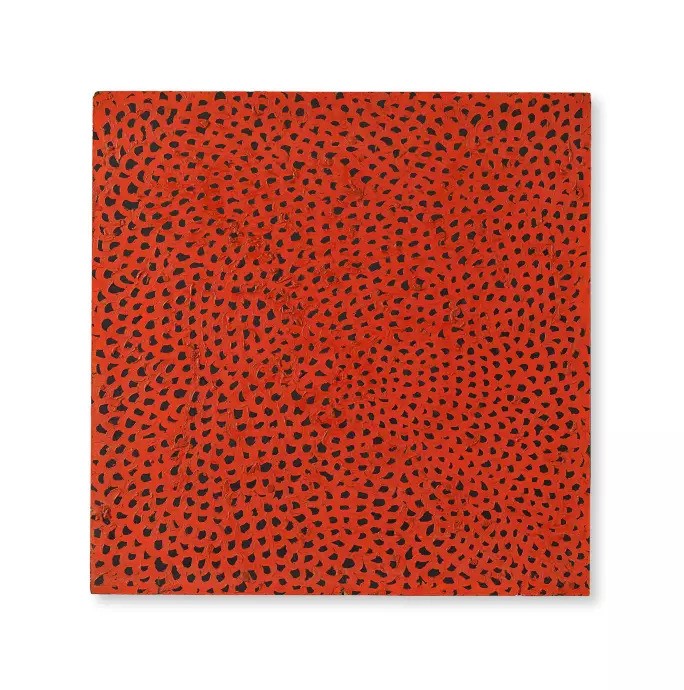
Influence of Ukiyo-e Art: The Transformative Polka Dot
Kusama’s transformative encounter with the world of ukiyo-e art, a traditional Japanese art form originating in the Edo period, was a pivotal moment in her career. Ukiyo-e prints, known for their exquisite detail and vibrant colors, played a significant role in Japanese culture. Their influence can be seen in Kusama’s art, especially her iconic polka dots.
The simplicity and mesmerizing effect of the polka dot are reminiscent of ukiyo-e prints. A single dot, like a carefully placed brushstroke in a woodblock print, can create a profound impact. Kusama masterfully uses this basic element in her works to elicit emotions and invoke a sense of infinity. The repetitive and patterned nature of ukiyo-e art is mirrored in Kusama’s approach, where dots seem to expand into infinite dimensions.
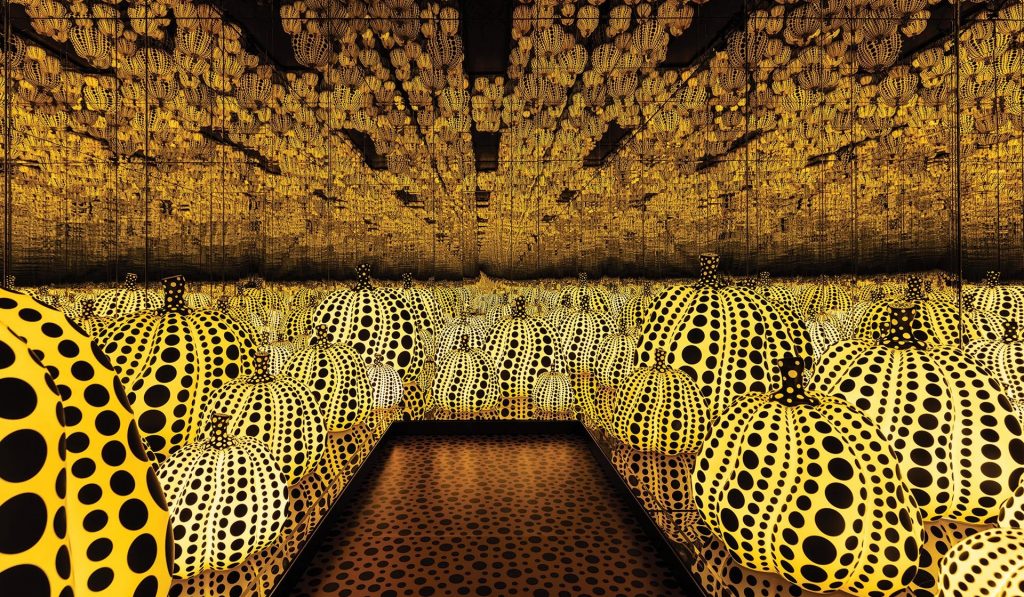
An Ode to Ukiyo-e Art
Kusama’s work “All the Eternal Love I Have for the Pumpkins” is a prime example of her homage to ukiyo-e. This immersive infinity room features an endless field of glowing, polka-dotted pumpkins, alluding to Japan’s agricultural heritage and its link to ukiyo-e depictions of landscapes and rural life. The pumpkins’ whimsical and repetitive appearance mirrors the patterns found in traditional woodblock prints.
Our earth is like one little polka dot, among millions of other celestial bodies, one orb full of hatred and strife amid the peaceful, silent spheres. Let’s you and I change all that and make this world a new Garden of Eden.
Yayoi Kusama
Polka Dots and Infinity: Kusama’s Famous Works
Yayoi Kusama’s artistic legacy is intertwined with her fascination with infinity and her obsession with the polka dot. Two of her most famous works exemplify these core themes: “Infinity Mirror Rooms” and “Obliteration Room.”
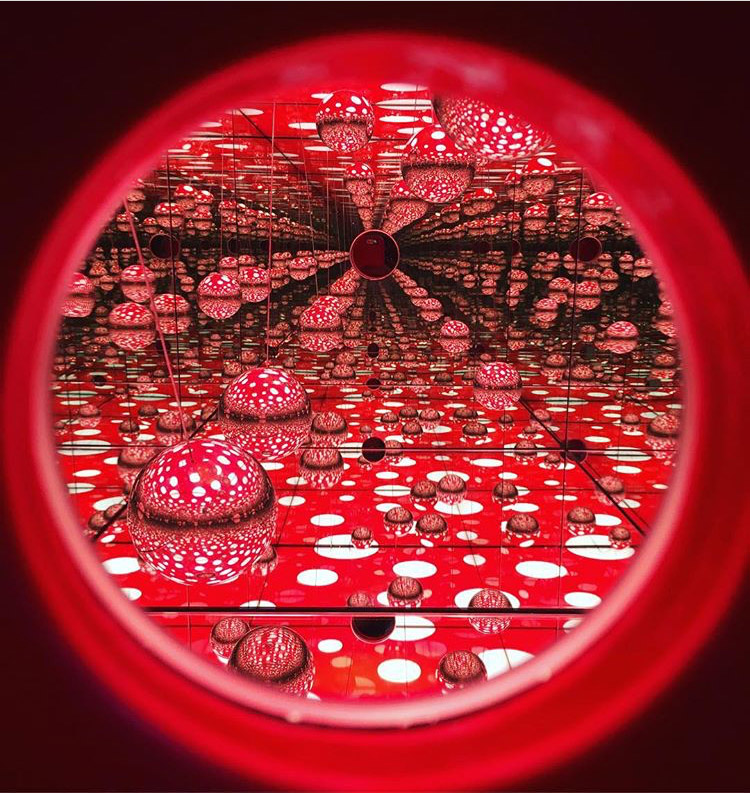
Infinity Mirror Rooms – A Glimpse into Eternity
The “Infinity Mirror Rooms” are among Kusama’s most celebrated creations. They are captivating installations that employ mirrors and seemingly endless LED lights to create the illusion of boundless space. Stepping into one of these rooms is like entering a parallel universe.
Kusama’s use of mirrors and lights in these rooms draws viewers into an immersive, otherworldly experience, reflecting her concept of infinity. The repetition of objects and lights in her rooms is akin to the repetition seen in ukiyo-e prints. It’s a visual metaphor for the endless cycles and patterns of life.
One of the most renowned installations in this series is “Infinity Mirrored Room – The Souls of Millions of Light Years Away.” This work transcends traditional boundaries between art and observer, inviting viewers to reflect on the infinite and the interconnectedness of existence.
The Obliteration Room – Collaboration and Creativity
In contrast to the ethereal experience of the Infinity Mirror Rooms, Kusama’s “Obliteration Room” is an interactive, collaborative artwork. Originally a stark white room, it is transformed by visitors who are given colorful dot stickers to place wherever they choose. Over time, the room becomes a whimsical, polka-dotted wonderland.
The collaborative nature of the “Obliteration Room” embodies Kusama’s belief in art’s ability to bring people together and her commitment to erasing the boundaries between artist and audience. The idea of dots accumulating and spreading across the room echoes the concept of infinity and connectivity that is so prevalent in her work.
Yayoi Kusama and Pop Art: Influencing the Influencers
Kusama’s avant-garde and revolutionary approach to art positioned her as a trailblazer in the world of contemporary art. Her unique vision and exploration of polka dots and infinity had a profound influence on the Pop Art movement, notably artists like Andy Warhol and Claes Oldenburg.
Andy Warhol, renowned for his iconic Marilyn Monroe portraits and Campbell’s soup cans, drew inspiration from Kusama’s innovative approach to art. Her use of repetition and patterns influenced his iconic prints, aligning her art with the Pop Art ethos of embracing mass culture and consumerism.
Claes Oldenburg, famous for his larger-than-life sculptures of everyday objects, was also influenced by Kusama’s ability to transform the ordinary into the extraordinary. Her art empowered him to view mundane objects from a fresh, artistic perspective, ultimately contributing to his groundbreaking sculptures.
Art as a Message – Kusama’s Influence on Social Movements
Yayoi Kusama’s art extends far beyond its visual appeal. It carries profound messages that resonate with societal issues and movements. Throughout her career, Kusama has used her art to address themes of mental health, the individual’s role in the cosmos, and societal conformity.
What is the most meaningful thing you’ve ever produced?
It’s art. I started creating art works at the age of 10. I’ve worked very hard as it is my calling. I’ve struggled and devoted all my energy to artistic creativity and its excellence with a feeling of awe.
I fight to find love and a mystery of human life.
Tate Modern Museum – Five Minutes with Yayoi
Her famous work, “Dots Obsession,” offers a glimpse into her exploration of mental health and the idea of obsessions. In a world where conformity often stifles individual expression, Kusama’s art empowers viewers to embrace their unique identities and inner voices. Her “dots” are symbolic of our innate differences and individuality.
Kusama’s art also reflects her personal experiences, including her struggles with mental health. Her ability to transcend these struggles and transform them into beautiful, thought-provoking art sends a powerful message about resilience and the therapeutic nature of creativity.
A Global Phenomenon: Kusama’s Enduring Legacy
Kusama’s influence continues to reverberate across the art world. Her exhibitions are highly anticipated events, drawing enormous crowds and sparking a fervor on social media. This global recognition is a testament to the universal appeal of her work, which transcends language and culture.
From the “Infinity Mirror Rooms” to her polka-dotted pumpkins, Yayoi Kusama’s art encapsulates a sense of universality
Read more:
- Where Can I Buy Ukiyo-e Art? Here’s where to find those rare prints
- 6 of the Most Prominent Mount Fuji Ukiyo-e Art Prints
- 11 Most Influential Ukiyo-e Artists: Masters of Japanese Woodblock Prints
- Tatsuro Kiuchi: The Japanese Illustrator Who Loves Old Things
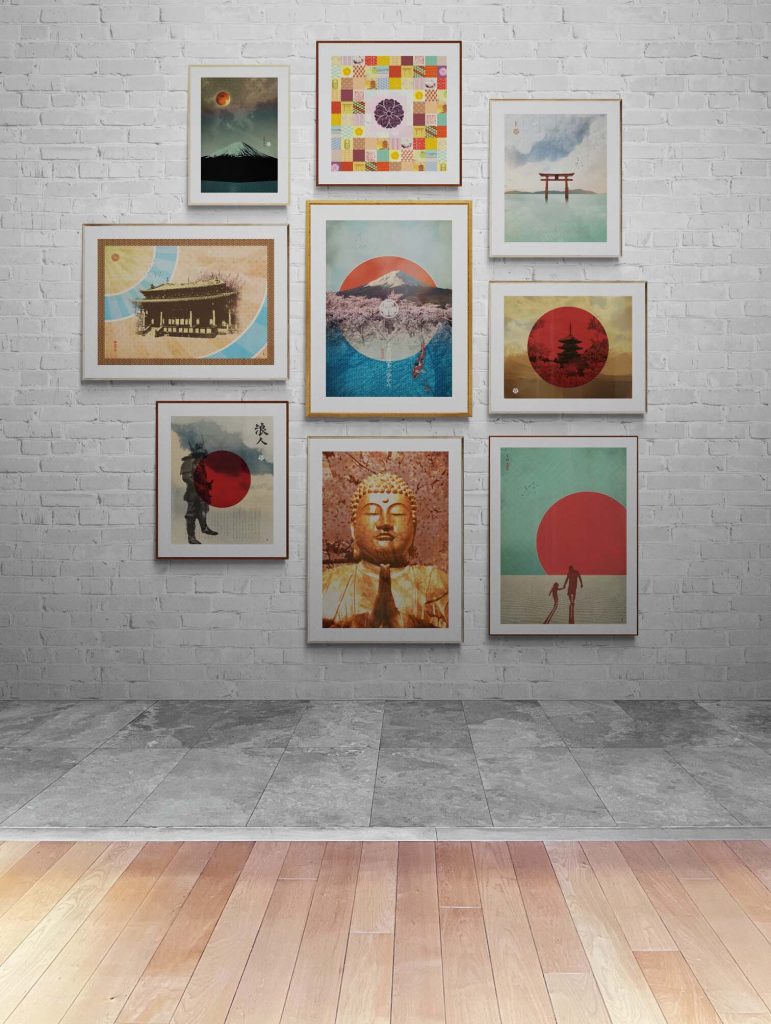
At the Art of Zen we have a wide selection of original Japanese style art prints in the ukiyo-e and Japandi style. Some of our best selling work is Mount Fuji art and Japandi wall art.
Add some zen to your space with some art from the Art of Zen shop.
Featured image at top of Yayoi Kusama – Whitney Art Museum.
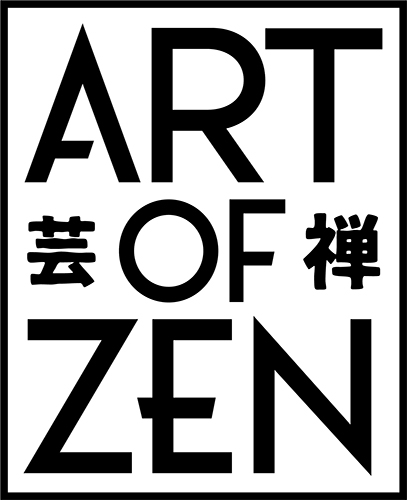

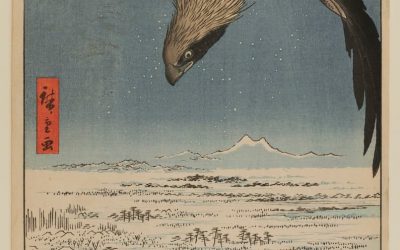
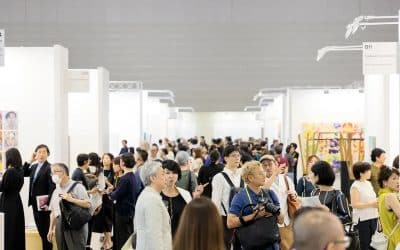
0 Comments